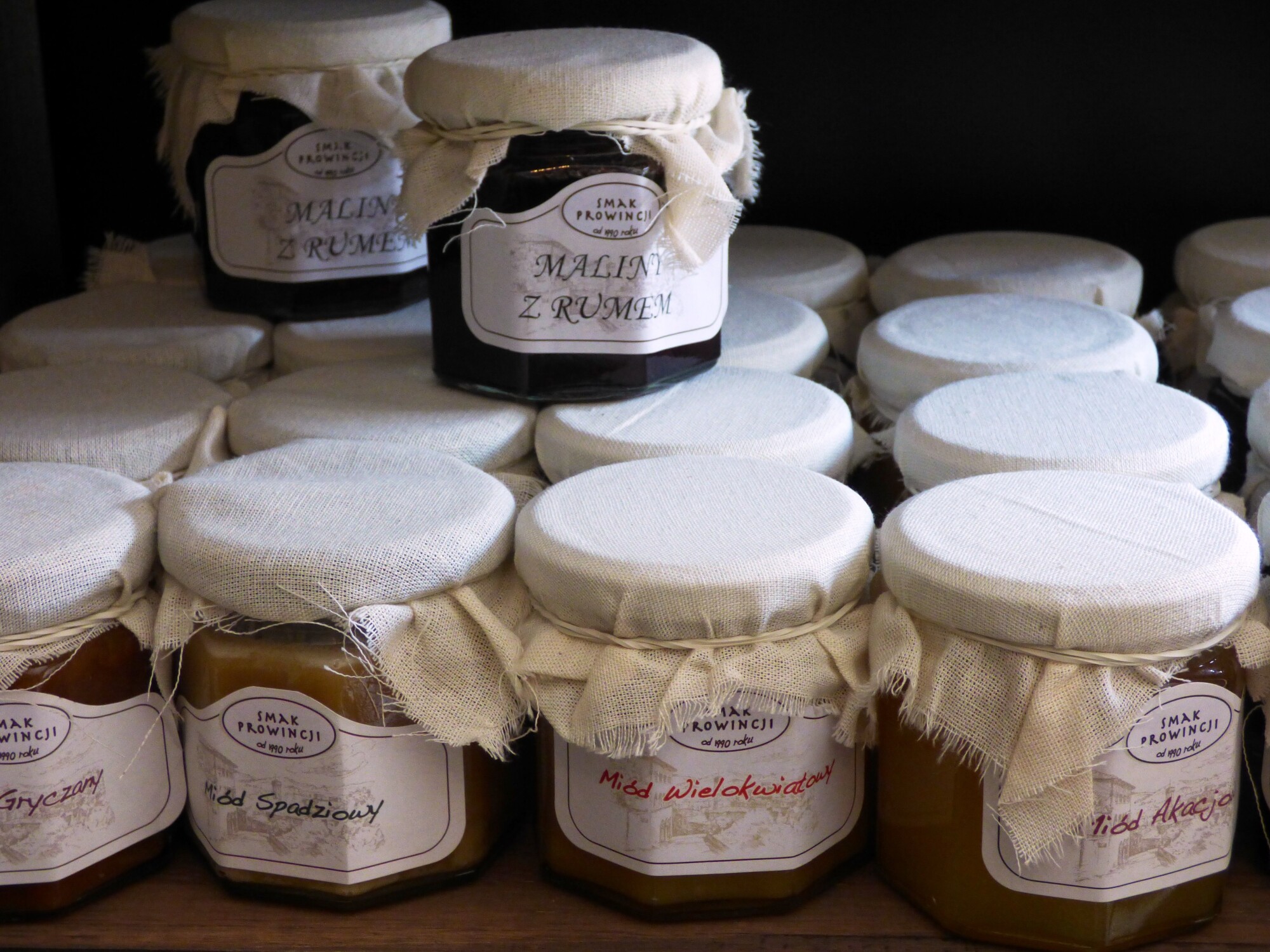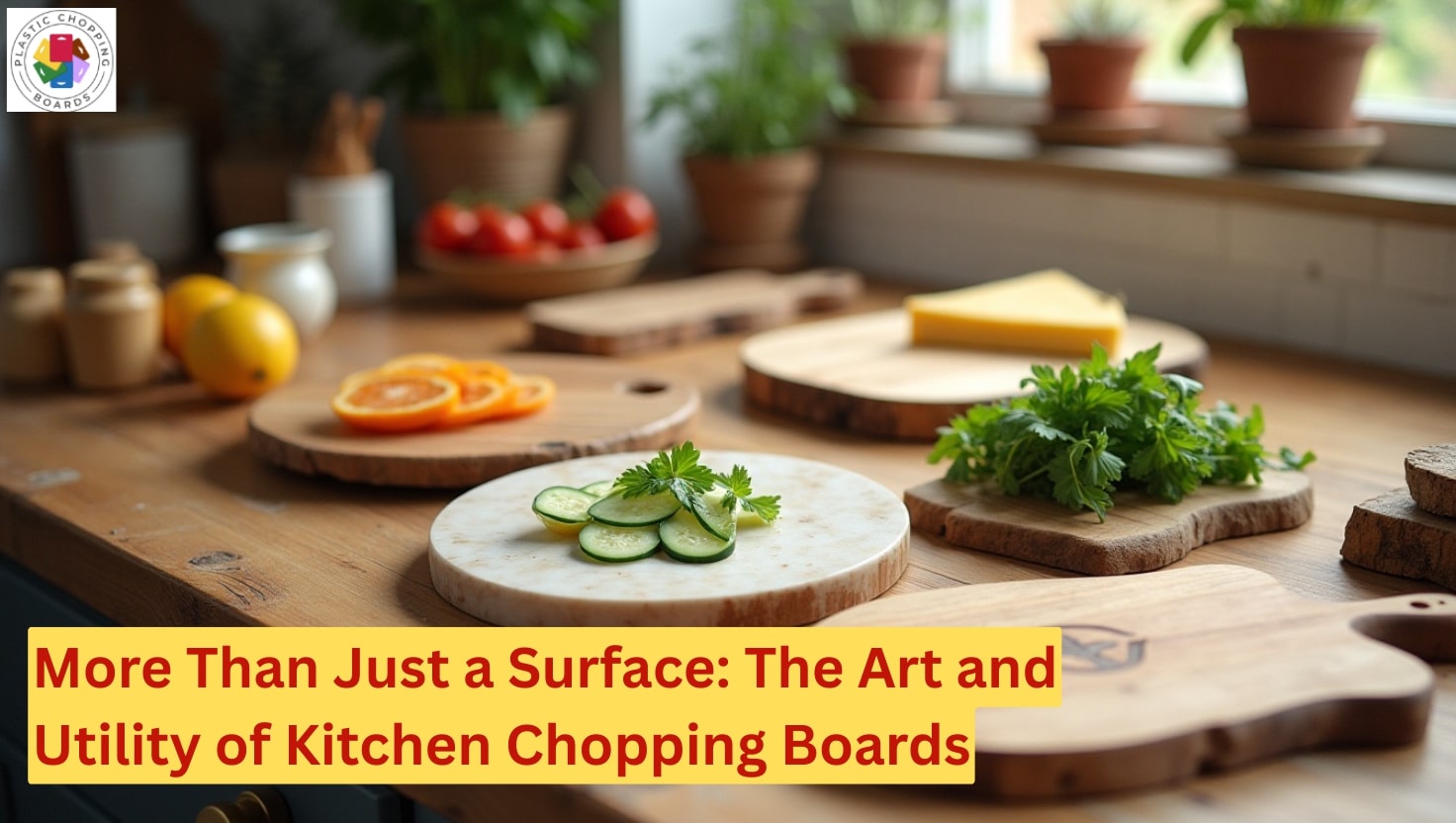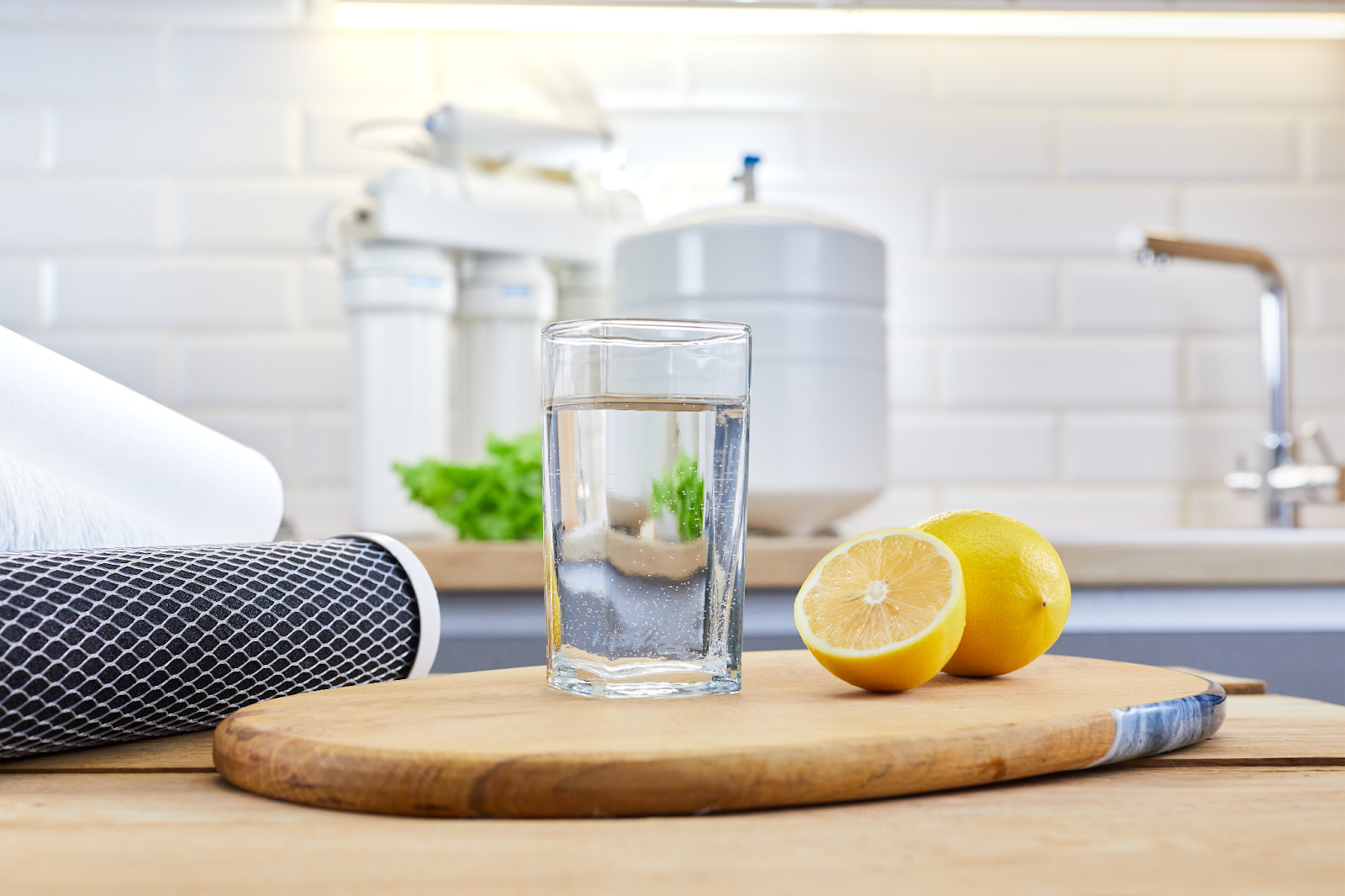Fighting climate change starts at home. If you’ve been wondering how to make your household more ecologically friendly, you may want to start with the kitchen. After all, the average kitchen consumes tons of resources.
Fortunately, enjoying a sustainable kitchen isn’t impossible. You can check out several green kitchen ideas to help inspire you to make eco-friendly changes. Let’s explore some of the best sustainable kitchen ideas!
1. Switch to Biodegradeable Cleaners
Do you know what’s sitting under your sink right now? If the answer is a medley of cleaning chemicals, you’re not alone. But it’s crucial to note that many household cleaning solutions are highly toxic.
Not only could such sprays and liquids pose a significant danger to small children and pets, but they’re not environmentally safe. Every drop of bleach that flows down your home’s drains pollutes.
Natural house cleaning products are a simple and effective alternative to harsh cleaning chemicals. These work just as hard as standard cleaners, but they’re easier for water purification plants to dissolve and filter out.
When choosing a biodegradable cleaner, be sure to consider one that consumes little-to-no plastic. The best eco-friendly cleaning products are those that produce the smallest carbon footprint.
If you use a regular cleaning service to keep your kitchen sparkling, you may want to consider switching to an eco friendly cleaning service. These types of services utilize safe cleaning liquids and techniques.
2. Invest in Renewable Energy Sources
Renewable energy sources, such as solar power, can help you cut your utility costs and make a positive impact on the environment. After all, most homes are powered by electricity companies that utilize petroleum.
Installing solar panels on your home’s roof, adding a small wind turbine to your property, or investing in geothermal heating options are all tangible ways to help your kitchen become more eco-friendly.
That said, some states and counties have strict regulations concerning renewable energy sources. Therefore, you’ll want to ensure that such systems are allowed in your area before investing in them.
3. Purchase Energy-Efficient Appliances
The modern kitchen is a far cry from kitchens of the past. Instead of wood-burning ovens and salt-laden pantries, we have microwaves, blenders, and air fryers. But these appliances don’t come without a cost.
Nearly all kitchen appliances require electricity to function. But some use more energy than others. If you’re not using energy-efficient appliances in your kitchen, you may be generating a massive carbon footprint.
Consequently, it’s worthwhile to upgrade your appliances to the most eco-friendly and energy-efficient options. Devices that are Energy Star certified tend to consume far less power than other options.
4. Create a Kitchen Compost Bin
Though our garbage disposals help make short work of tidbits and leftovers, they’re also not eco-friendly. When you use a garbage disposal, you need to run water and use electricity.
And your food scraps don’t just disappear once they’ve made it down the disposal. Instead, they’re lumped together with your home’s wastewater and sent to local treatment facilities. Essentially, a garbage disposal can pollute.
Creating a kitchen compost bin is a fantastic way to eliminate food waste and help keep your community’s water clean. To get started, you’ll need a small bucket or container with a lid.
When it comes time to clean your dishes, you can scrape off the remaining bits of food into your compost bin. When the container gets full, you can haul it outside and dump it into an outdoor compost bin or area.
Over time, these food scraps can transform into rich fertilizers. If you have a home garden, you can use this compost to help your plants grow strong and tall. Still, there are some foods that you shouldn’t compost.
5. Upgrade Your Dishwasher
Most kitchens are equipped with a dishwasher, but not all dishwashers are equally matched. Some, especially older models, can consume excessive amounts of water. As such, some dishwashers may not be eco-friendly.
Fortunately, nearly all modern dishwashers are either eco-friendly or feature water-saving settings. While washing your dishes by hand was once considered the green way to go, a new dishwasher might be a safer bet.
If your dishwasher is more than a decade old, it’s time to upgrade. A new, energy-efficient, water-saving dishwasher isn’t only eco-friendly. It’s also a smart way to lower your household’s water utility bills!
6. Choose Glass Instead of Plastic
Now, this idea can be challenging to implement. Many grocery stores still primarily rely on plastic packaging. Only a handful of chains offer food in bulk or glass-packaged items.
Still, that doesn’t mean you can’t make a few eco-friendly changes at home. If you’ve been using plastic containers to store ingredients or leftover meals, now’s the time to stop. Switching to glass is a far better option.
While glass is more prone to breaking and shattering than plastic, it’s also relatively free of harmful toxins. Clear glass, in particular, is often the safest material for foodstuffs.
Remember, even BPA-free plastic can be harmful to your health. Additionally, many glass containers are just as affordable (if not more so) than plastic ones. Buying your glass in bulk is a great way to save.
Implement These Green Kitchen Ideas Today
No matter your budget, you can make eco-friendly changes in your home and kitchen. Hopefully, these green kitchen ideas helped to inspire you to make positive household changes.
Some of the best ways to enjoy an eco-friendly kitchen include creating a compost bin for food scraps and investing in energy-efficient appliances. Switching to biodegradable cleaners and glass containers may also help.
If you enjoyed this article, be sure to browse our related home improvement articles now!











